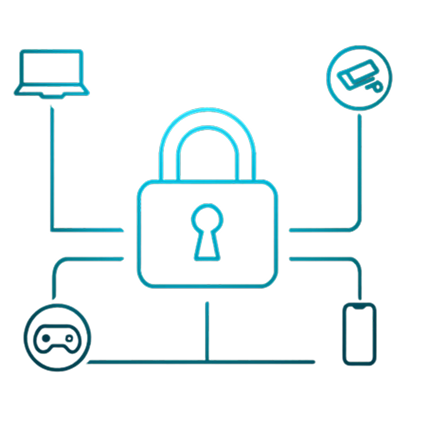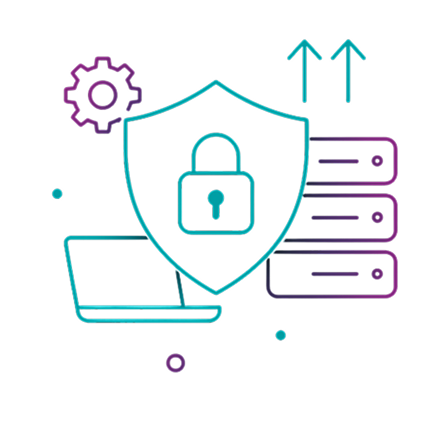Discover how cloud computing helps startups scale, stay secure, and innovate faster. Learn key strategies for cloud security and value creation.
Book a Free Cloud Audit

As businesses increasingly adopt public, private, and hybrid cloud
environments, securing data, applications, and users across these
diverse infrastructures becomes a major challenge.
Without consistent security controls, organizations face fragmented visibility,
policy enforcement gaps, and heightened exposure to threats. Devices
may bypass protocols, and unmonitored data flows can lead to breaches,
compliance failures, and reputational damage.
A unified cloud security strategy—featuring identity and access management,
encryption, real-time monitoring, and centralized policy enforcement—ensures
protection across all environments and endpoints, empowering businesses
to innovate securely and confidently.




The cloud threat landscape is rapidly evolving, with AI-driven attacks, misconfigured storage, and overly permissive access exposing sensitive data. Many organizations underestimate their role in the shared responsibility model—assuming providers handle all security. In reality, businesses must secure their own data, identities, and configurations. Without consistent controls and visibility, these unknown risks can lead to breaches, compliance failures, and reputational damage
Let's chat—we'll map out your current cloud usage and security posture, completely free.